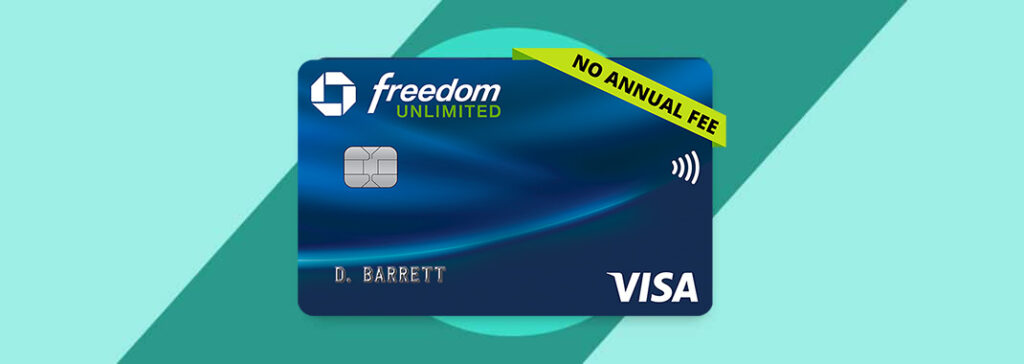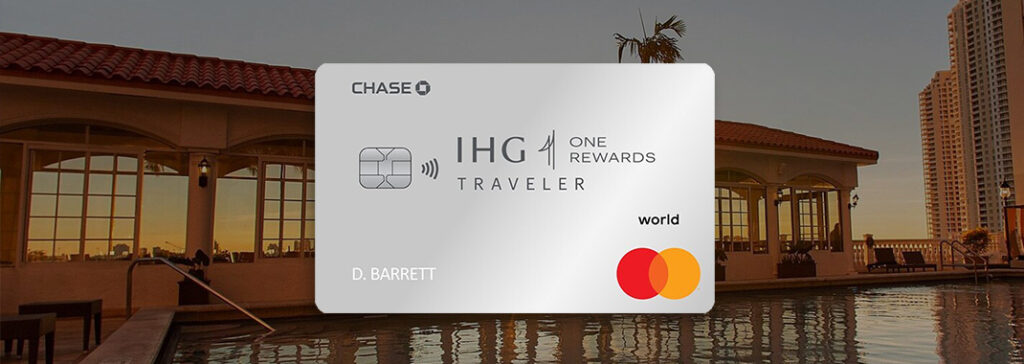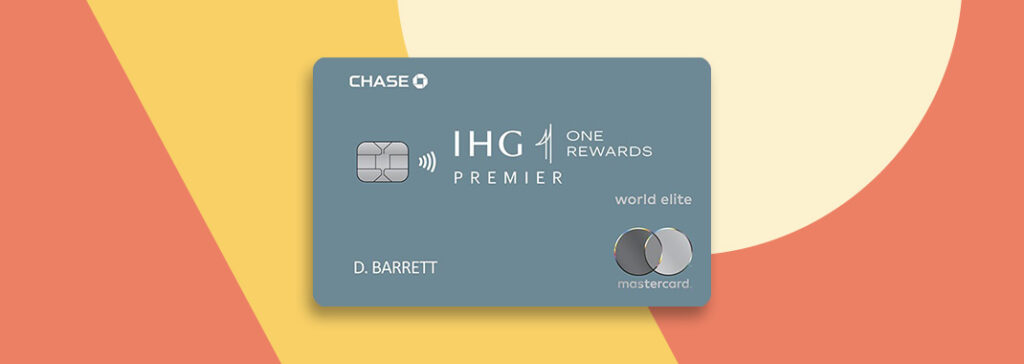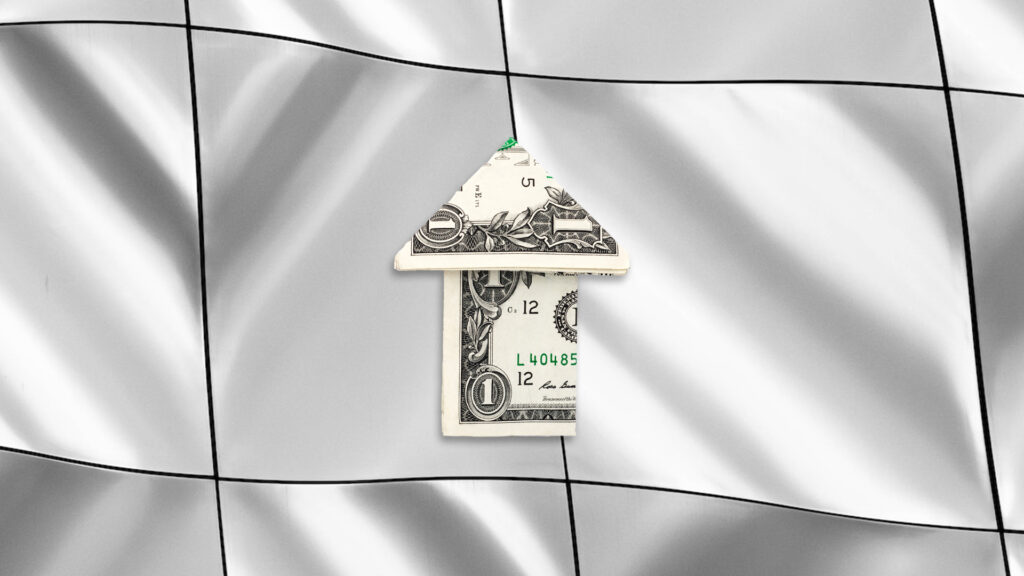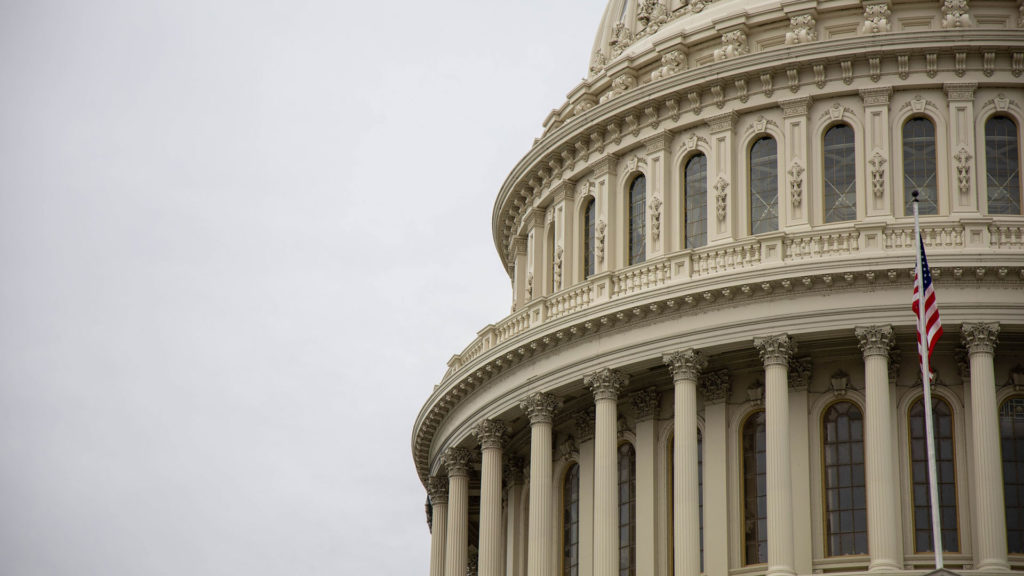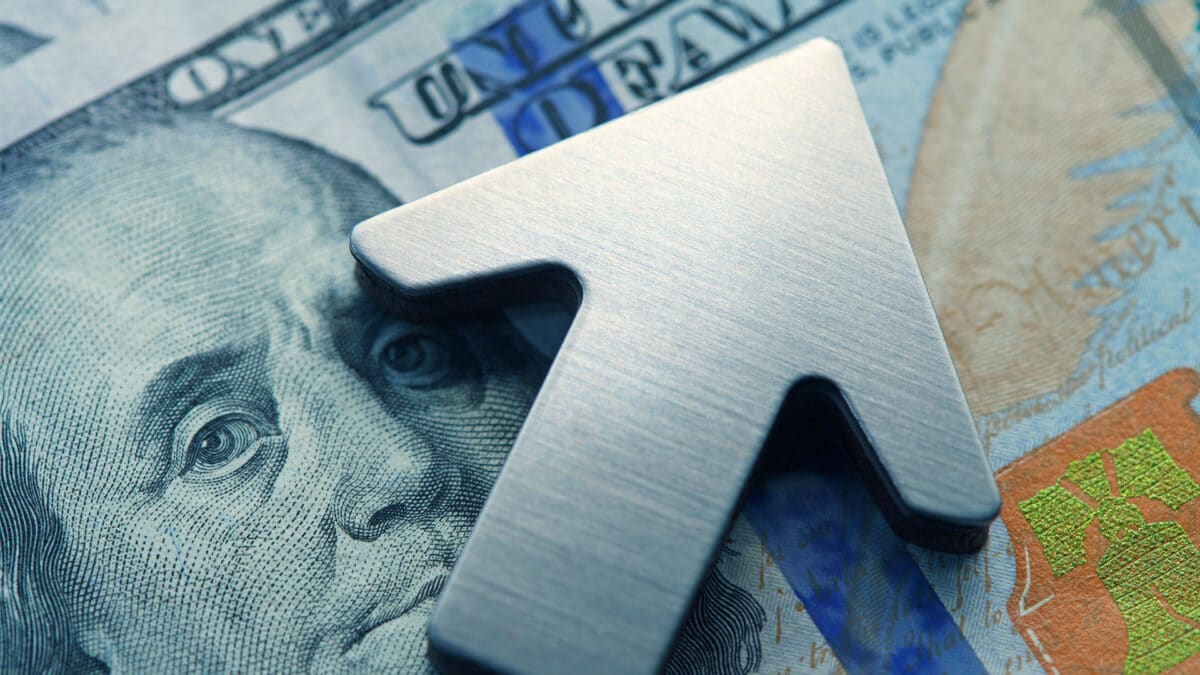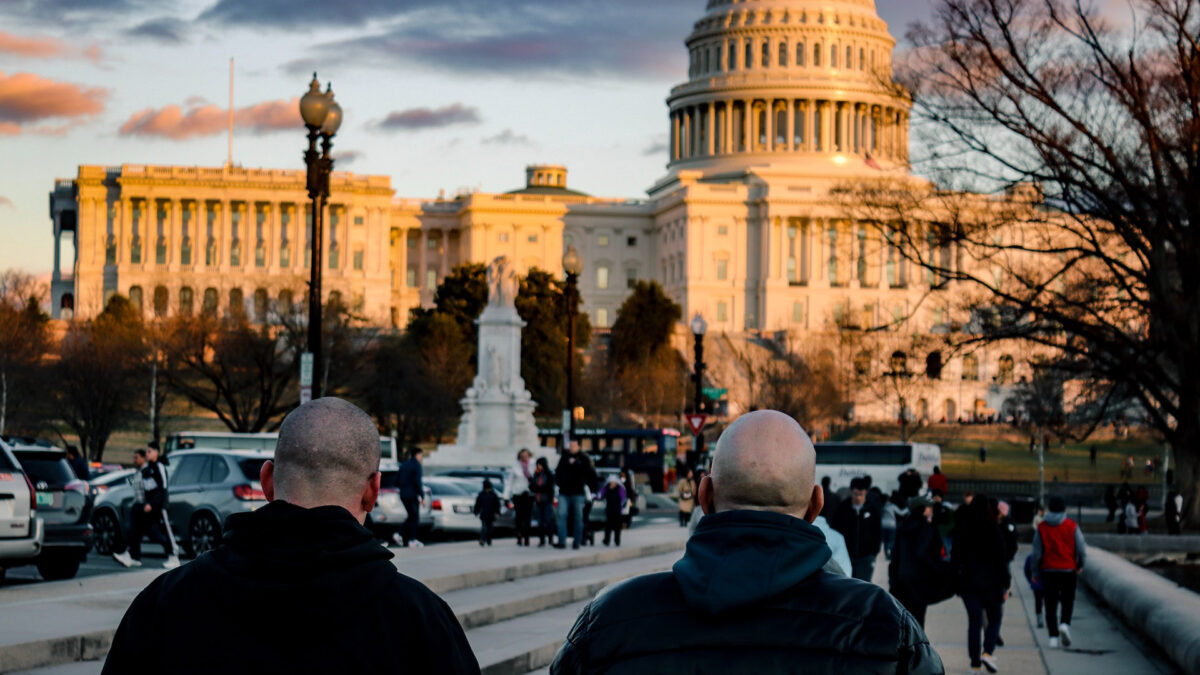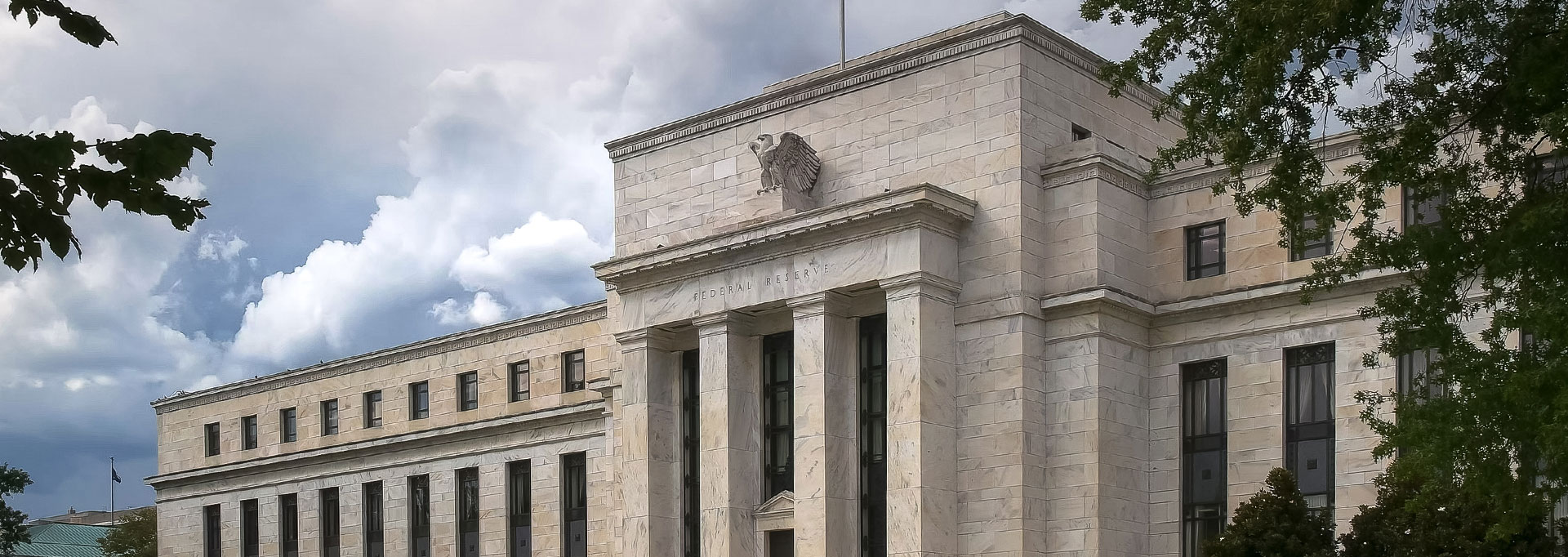Most products on this page are from partners who may compensate us. This may influence which products we write about and where and how they appear on the page. However, opinions expressed here are the author's alone, not those of any bank, credit card issuer, airline or hotel chain.
If you’ve been watching the news, you may have noticed that
Consumers in the United States have seen the federal funds rate rise from
Here’s what you need to know about the federal funds rate, why it was created, and the reasons it has increased so much in recent months. You’ll also learn about other times the Federal Reserve has hiked the federal funds rate in the past and how those situations compare to the current economic climate.
What Is the Federal Funds Rate?
The federal funds rate is a
The federal funds rate can also
The
The next time the FOMC meets will be
Why Has the Federal Funds Rate Increased So Much In Recent Months?
By influencing interest rates, the
In February 2023, the FOMC announced its
- During the coronavirus pandemic, the FOMC called for an
emergency rate cut in March 2020 that slashed the federal funds rate to0.00-0.25% . - The federal funds rate proceeded to sit at
0% for over a year throughout the pand emic. For reference, the consumer price index (a measure of inflation) was1.3% in 2020. - In 2021, inflation began to climb sharply
to 7.1% . - In March 2022, the Fed announced a
0.25% increase in the federal funds rate to curb rising inflation throughout the country. The rate bump represented the first of itskind since 2018. - The United States experienced peak inflation of
9.1% in June 202 2 — a40-year high and the largest annual increase since1981 . - Inflation-related pressures have slowed but remain a painful issue for Americans. Despite persistent increases of the federal funds rate, inflation remained at
6.4% in January 202 3.
The Fed likes to see the annual inflation rate hover
By raising interest rates, the Fed aims to
 Related Article
Related Article
8 Things that Are the Most Affected by Inflation
Other Times the Federal Funds Rate Has Increased
The Fed has
One of the most well-known periods wherein the Federal Reserve hiked interest rates took place in the 1970s and 1980s. Here are some of the highlights to explain what happened.
1970s and 1980s Fed Interest Rate History
In the 70s and 80s, the Fed was facing rampant inflation that eventually
Starting in
However, the interest rate changes of the 70s and 80s
In response to a sky-high federal funds rate, interest rates on mortgages rose
Eventually, pri
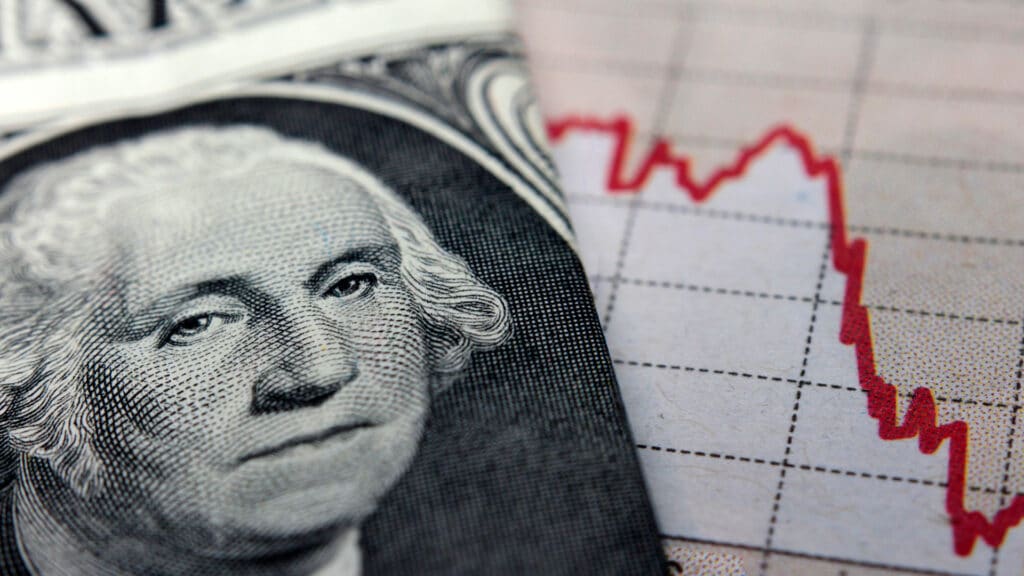
5 Tips for Preparing Your Finances for a Recession
What’s Next for the Federal Funds Rate?
No one can be sure what the future holds in terms of the
What do additional increases in the federal funds rate mean for you when (and if) they happen? First, if you have revolving outstanding balances on your credit card accounts, it’s important to pay down your credit card debt.
Quick Tip
Consider a balance transfer credit card if you aren’t in a position to wipe out your credit card debt all at once.
When interest rates are on the rise, it can also be a great time to
